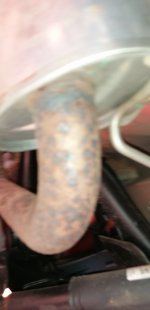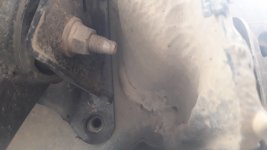- Joined
- Aug 19, 2010
- Messages
- 1,616
- Points
- 454
Next 5
Attachments
-
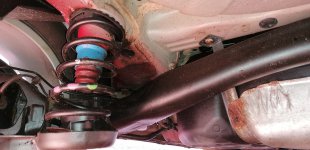 IMG_20210425_160246_resized_20210425_073558073.jpg749.9 KB · Views: 88
IMG_20210425_160246_resized_20210425_073558073.jpg749.9 KB · Views: 88 -
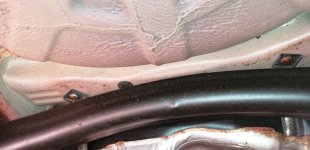 IMG_20210425_160240_resized_20210425_073557671.jpg775.8 KB · Views: 92
IMG_20210425_160240_resized_20210425_073557671.jpg775.8 KB · Views: 92 -
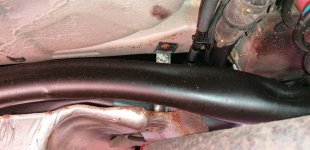 IMG_20210425_160233_resized_20210425_073557200.jpg754.5 KB · Views: 93
IMG_20210425_160233_resized_20210425_073557200.jpg754.5 KB · Views: 93 -
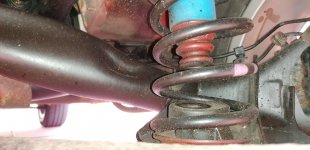 IMG_20210425_160213_resized_20210425_073559052.jpg713.8 KB · Views: 89
IMG_20210425_160213_resized_20210425_073559052.jpg713.8 KB · Views: 89 -
 IMG_20210425_160203_resized_20210425_073559522.jpg620.2 KB · Views: 96
IMG_20210425_160203_resized_20210425_073559522.jpg620.2 KB · Views: 96



